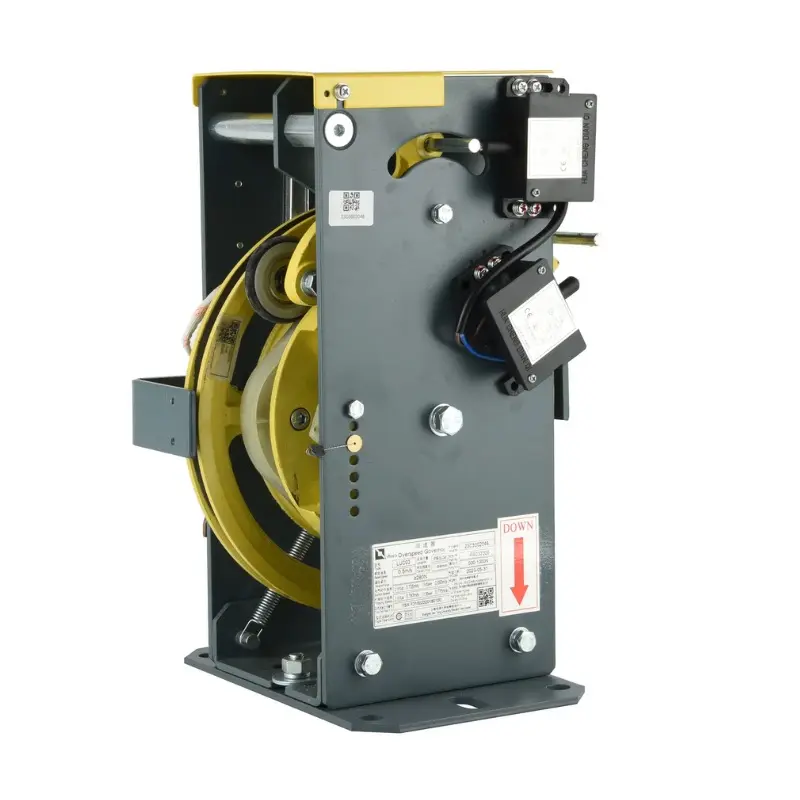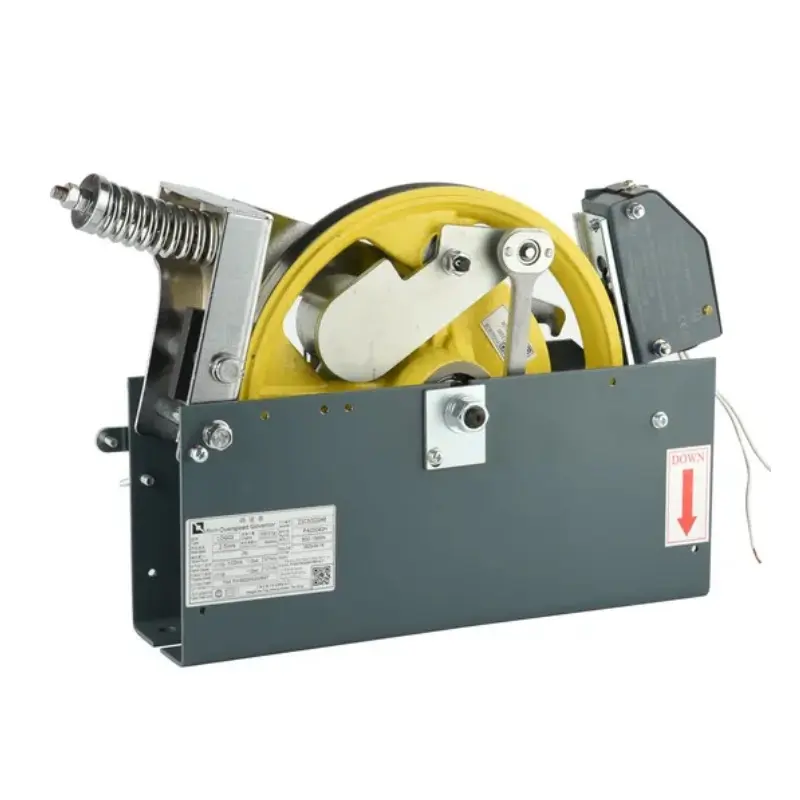The elevator governor is a safety device that monitors the speed of the elevator car. If the car exceeds a predetermined speed, the governor activates the safety gear to stop the car, preventing accidents. Regular inspections are essential to ensure the governor functions correctly and complies with safety standards such as ASME A17.1.
Identifying early signs of governor malfunction can prevent accidents. Common indicators include:

Regular inspections are vital for maintaining elevator safety. The following checklist outlines key components and actions:
Inspection Item | Action Required |
Governor Sheave | Check for smooth rotation and absence of debris or wear. |
Governor Rope | Inspect for fraying, corrosion, and proper tension. |
Tension Device | Ensure correct tension and smooth operation of the tension sheave. |
Overspeed Switch | Test functionality by simulating overspeed conditions. |
Safety Gear Engagement | Verify that the safety gear activates appropriately during overspeed scenarios. |
Seals and Locking Devices | Confirm that adjustment seals are intact and locking devices are secure. |
Lubrication | Apply appropriate lubricant to moving parts as needed. |
Documentation | Record inspection results, including any maintenance performed or parts replaced. |
Note: Always follow manufacturer guidelines and local safety regulations during inspections.

Understanding typical governor problems can aid in swift resolution:
Issue | Possible Cause | Recommended Solution |
Governor Not Engaging at Correct Speed | Miscalibration or sensor failure | Recalibrate the governor; replace faulty sensors. |
Excessive Vibration or Noise | Worn bearings or lack of lubrication | Replace bearings; apply appropriate lubricant. |
Safety Gear Fails to Activate | Mechanical obstruction or worn components | Inspect and clear obstructions; replace worn parts. |
Governor Rope Slippage | Improper tension or worn sheave grooves | Adjust tension; replace or refurbish sheave as necessary. |
Accumulation of Debris | Inadequate maintenance | Implement regular cleaning schedule; use protective covers if needed. |

To ensure the longevity and reliability of the elevator governor:

Regular inspection and maintenance of the elevator governor are paramount to ensuring passenger safety and elevator reliability. By adhering to the outlined procedures and being vigilant for signs of wear or malfunction, maintenance professionals can prevent accidents and extend the lifespan of elevator systems.
For top-quality elevator components that meet stringent safety standards, consider POTENSI range of products. Our commitment to excellence ensures that your elevators operate safely and efficiently.
① Get 10% off on your first order.
② Get latest news about our promotion products.
③ Get our sales specialist VIP service 24/7.
④ Get access to our credit payment time.
WhatsApp us
